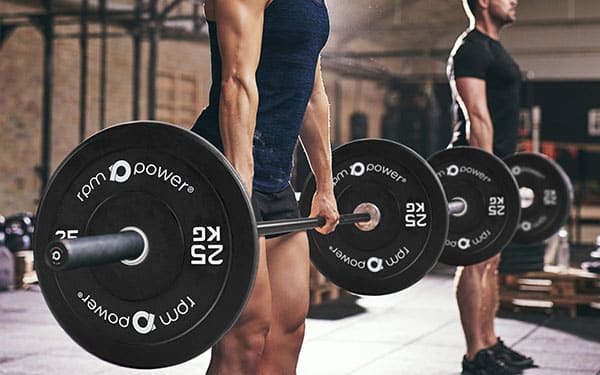The barbell is one of the most versatile and effective pieces of exercise equipment available today. It is used to build muscle and strength in almost any part of the body and is favoured by some of the strongest and most successful athletes out there. However, you don’t have to be a professional to be able to use one. All you have to do is find the right barbell for your fitness needs. Here I’ll list what types of barbells there are and what they are good for.
Anatomy of a Barbell
Shaft – This is the main length of the barbell.
Sleeves – This is the portion of the barbell on which the plates are loaded.
Collars – These prevent the plates from sliding onto the shaft of the bar.
Knurling – A crosshatch pattern on the bar which allows better grip.
Knurling Marks – Smooth rings on the knurling which are about 36 inches apart which help to find your grip width.
Fastener – Attached to the shaft to hold the sleeves in place.
Features to Consider
Whip of the Bar – All barbells come with a certain amount of whip. This can range from practically none to a lot. The whip of a bar is the amount of bounce that occurs in the bar mid-lift or a phase of the lift. The whip can either be used to your advantage or can be a hindrance. For example, a professional lifter may use the whip between the clean and jerk to help bounce and propel the bar off the chest and above their head using the momentum of the bend.
Load Capacity – This is determined by the length of the sleeve and how many plates they can fit. For barbells manufactured for powerlifting specifically they are typically longer. The load capacity will also depend on the width of the plates. Competition power lifting plates will of course be deliberately made thinner to maximise weight capacity whereas Olympic Bumper plates and general cast iron gym plates will not.
Knurling – As previously mentioned, the knurling is essentially grooves cut into the barbell that form a crosshatch pattern. The little diamonds from the pattern will dig into the skin of the lifter and act like the traction of a tyre to assist with grip. The deeper and wider the grooves, the more aggressive the knurling. This is most useful for exercises such as deadlifts as this is where grip-failure is most likely going to occur. The placement of the knurling can differ as well. Some bars will have the knurling in the center for grip onto the back during squats. Others will have the knurling at a wider reach for larger lifters.
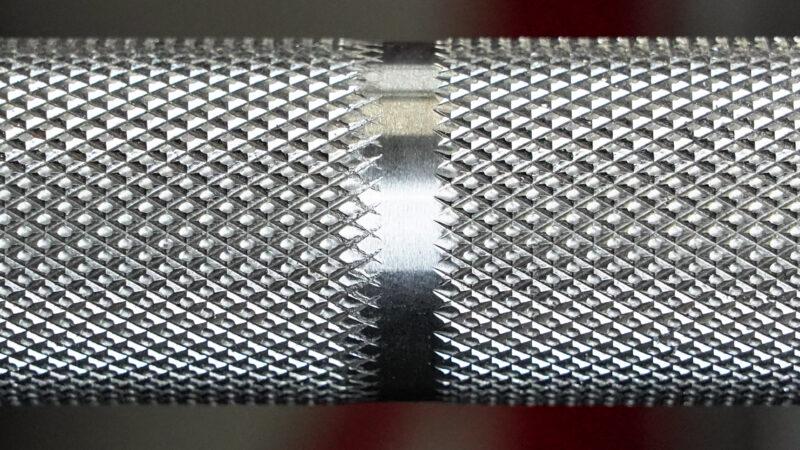
Types of Barbells
Standard Barbell – This is the most common barbell found in any gym and is used as standard in competitive weight lifting. The knurling on these bars is not so aggressive that it will tear your hands during transitions, but enough so that it will provide ample grip. A Standard Bar will also include rotating sleeves which allow the plates to spin freely while maintaining your grip.
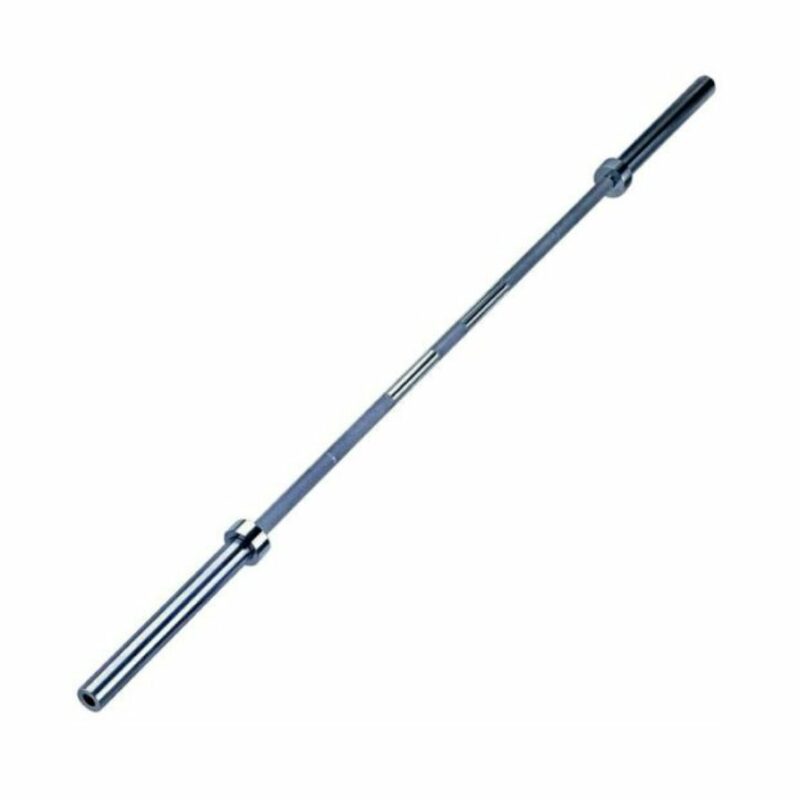
Weightlifting Barbell – This barbell will tend to have a smooth center knurling (or none at all), a lot of whip, and fast rotating bushings in the sleeves. This bar is typically used by those who train the Olympic lifts for the majority of their training. If this is the type of lifting you do, we recommend our 1500lb bar. If you’re more of a casual lifter, the standard barbell is probably more appropriate.

EZ Curl Bar – This bar has an angular shape where you grip the shaft. The reason for this being that having your hands at different angles and positions targets different parts of your bicep when performing a bicep curl. The EZ Curl Bar is also thought to be a more comfortable position for your hands to be turned inward as it’s a more natural joint alignment for your wrist and elbow.
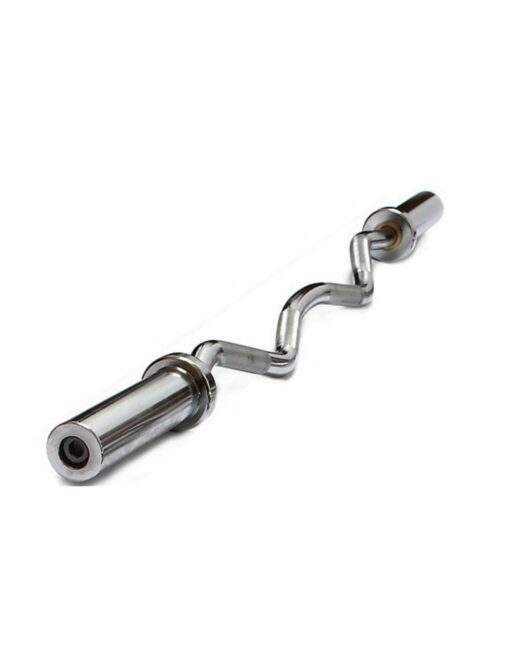
Trap Bar – The Hex Deadlift bar, or Trap Bar, is the perfect bar for building strength and explosive power while simultaneously minimising risk of injury. This bar has a hex frame which allows the lifter to stand inside it with the weight directly parallel to their body and more aligned with their centre of gravity. This will allow them to maximise their lifting power with exercises such as deadlifts, carries and shrugs.
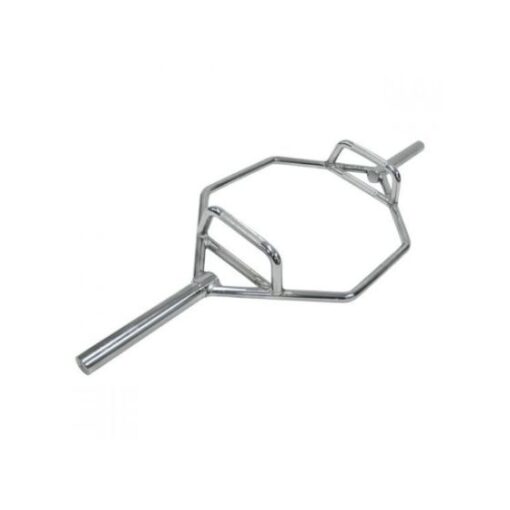
Overall, the barbell is the cornerstone of any commercial or home gym. Whatever type of barbell you use, you are sure to reach your fitness goals. For more information on barbells and what exercises they can be used for, take a look at our Barbell Exercises blog.

